A little while ago, Ecotech Marine published a video reporting the work of the Aquarium Curator of the Horniman Museum and Gardens, Jamie Craggs, who working on the sexual reproduction of corals, managed to trigger mass spawning under Ecotech Marine Radion lights.
Corals are amazing animals that are not so easy to keep in a marine tank, like many aquarists know at their expenses. There is a range of difficulties in their reproduction: the classic growth that we observe on our Acropora’s branches, for example, is a kind of reproduction: asexual. This happens by polyp budding, which is, to put it in a simple way, a new polyp arising from an old one resulting in a genetic clone of the one from which it originated.
This way of reproduction increases the colonial body area, and while the colony is alive it keeps producing its calcium carbonate skeleton. The coral grows, surface area is increased and so is the number of zooxanthellae inhabiting the animal tissues. It’s a way of doing things… but not enough on its own.
Sexual reproduction is needed for dispersion and genetic variation. How the colony “knows” when it’s time to sexually reproduce it’s difficult to say. It has been assumed, and to some extent observed, that sunlight and moon cycle play a role. A general life cycle of anthozoans can describe the main stages of corals sexual reproduction: once gametes are released, fertilization occurs in sea water. The zygote develops into a planktonic planula larva, which can disperse further away from its parents. Metamorphosis starts from the arising of tentacles, the larva settles, and starts producing its calcium carbonate skeleton (in the case of stony corals). And a new genetically different colony is born.
You may or may not have seen this occurring in your tank; it definitely is a more challenging event to bring about. In the video, Jamie Cragg managed to trigger mass spawning: all polyps releasing their gametes at the same time. The corals at the NHM came from Fiji, and by finding specific data on sunlight intensity and moonlight from the region where the corals originated, he set his Radion LED lights to reproduce those data as accurately as possible. And it worked!
Even in case coral spawning happens in a home aquarium, it is definitely not easy to make sure the the larvae survive. For most aquarists, the marine aquarium is a hobby to which their spare time is dedicated, not a full time job! To make sure that your LED lights are reproducing exactly what you want minute by minute, while maintaining the water parameters right, it surely is a lot of work. But we are used to endure many difficulties, and by managing to keep our corals strong and healthy, we are already contributing to the conservation of the species. Understanding the biology of the animals we keep is a step towards preventing their extinction, and with the current climate change prospectives and coral bleaching already occurring it seems like the best thing to do.










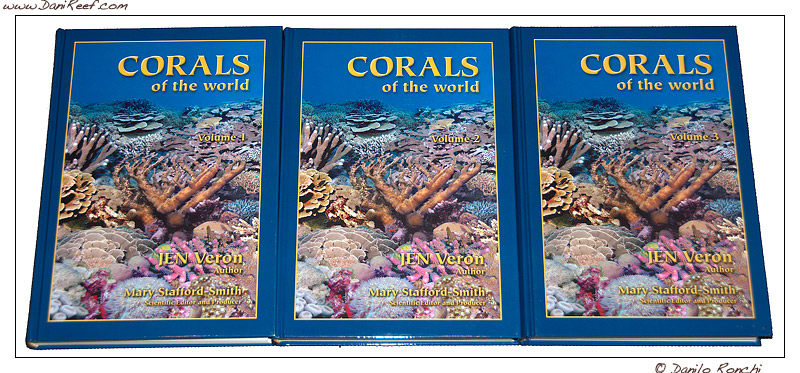


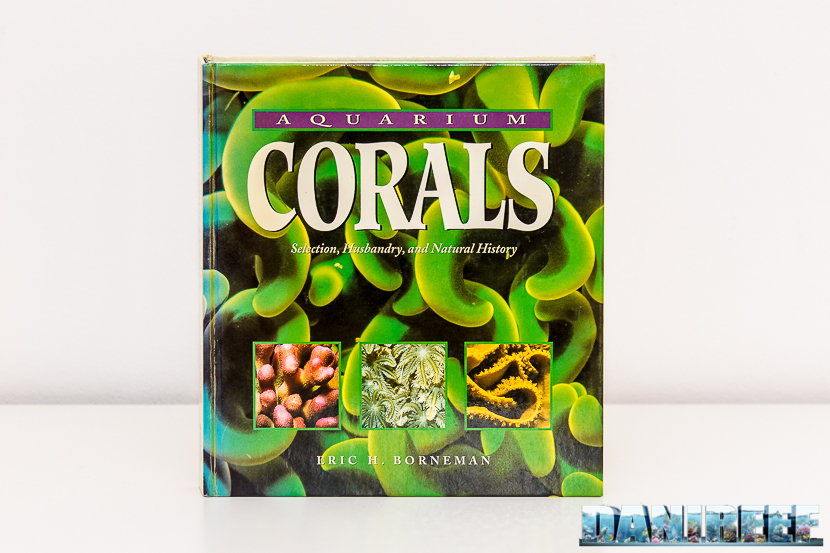
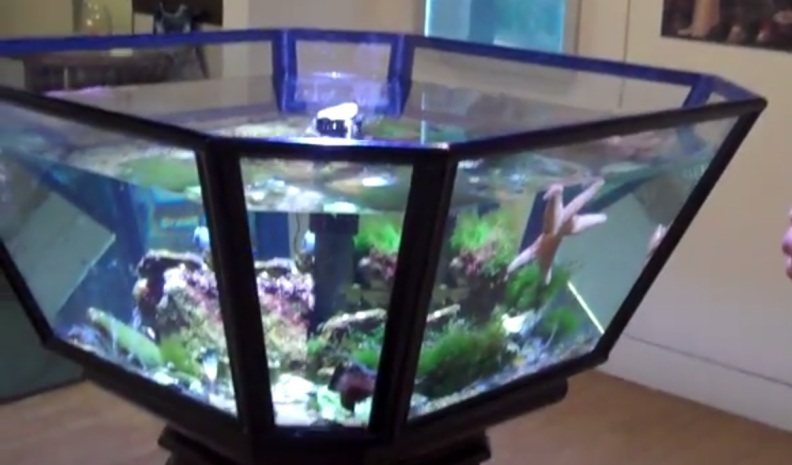

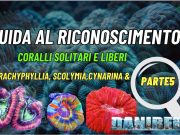
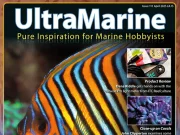
[…] Qualche tempo fa Ecotech Marine ha pubblicato su facebook un video riguardo il lavoro di Jamie Craggs, il curatore del “Horniman Museum and Gardens“, a Londra. Lavorando sulla riproduzione sessuata dei coralli duri al Natural History Museum, Jamie è riuscito ad innescare il rilascio di gameti, tutto ciò sotto la luce delle lampade Ecotech Marine Radion. (English version) […]